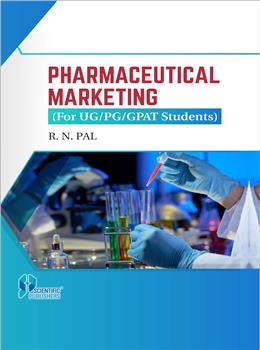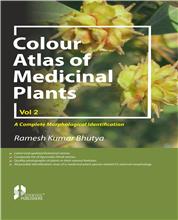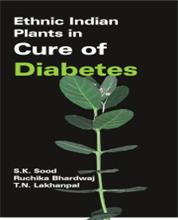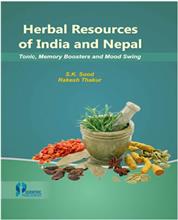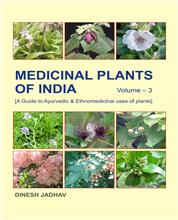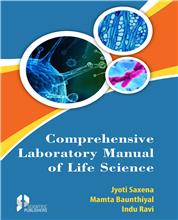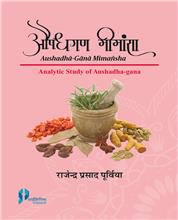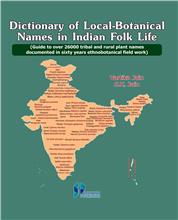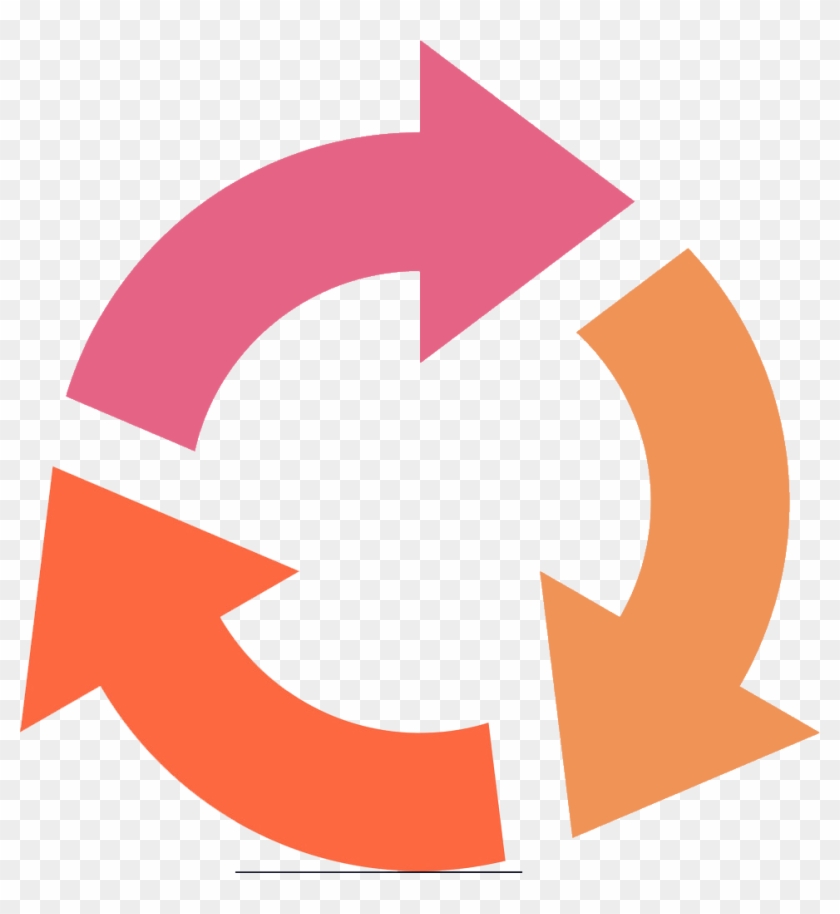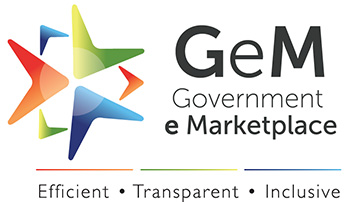Unit–I
Chapter 1: Marketing 1.1-1.12
1.1 General Concept 1.1
1.2 Scope of marketing 1.4
1.3 Distinction between ‘marketing’ and ‘selling’ 1.5
1.4 Marketing environment 1.6
1.5 Good Marketing Policies (GMP) 1.6
1.6 Consumer buying behavior 1.7
1.7 Industrial buying behavior 1.8
Chapter 2: Pharmaceutical Marketing 1.13–1.24
2.1 Introduction to Pharmaceutical Marketing 1.13
2.2 Quantitative and Qualitative Aspect 1.14
2.3 Size and composition 1.15
2.4 Demographic Description 1.15
2.5 Socio-psychological characteristic of market 1.15
2.6 Motivation 1.16
2.7 Prescribing habit of a physician: 1.17
2.7.1 Pescribing Process 1.18
2.8 Patient’s choice of physician 1.19
2.9 Analyzing the market 1.20
2.9.1 Market Information System (MIS) 1.20
2.9.2 Stages in the marketing research process 1.21
Unit–II
Chapter 3: Product Decision 2.1– 2.16
3.1 Product Classification 2.1
3.2 Consumer goods classification 2.1
3.3 Industrial goods 2.2
3.4 Productmix 2.2
(x) pharmaceutical Marketing
3.5 Product Portfolio Analysis 2.3
3.6 Promotional Budget 2.4
3.6.1 Methods of determining the total promotion budget 2.4
3.6.1.1 Affordable method 2.4
3.6.1.2 Percentage of sales method 2.4
3.6.1.3 Competitive-parity method 2.4
3.6.1.4 Objective and task method 2.5
3.7 Packaging 2.5
3.8 Labeling 2.5
3.9 New product decision 2.6
3.9.1 Product Positioning 2.6
3.9.2 Positioning a new product concept 2.6
3.10 Product life cycle 2.7
3.10.1 Introduction 2.7
3.10.2 Challenges of the Introduction Stage 2.7
3.10.3 Benefits of the Introduction Stage 2.8
3.10.4 Product Life Cycle Management 2.8
3.10.5 Growth 2.8
3.10.6 Challenges of the Growth Stage 2.8
3.10.7 Benefits of the Growth Stage 2.9
3.10.8 Product Life Cycle Management 2.9
3.10.9 Maturity 2.9
3.10.10 Challenges of the Maturity Stage 2.9
3.10.11 Benefits of the Maturity Stage 2.10
3.10.12 Decline 2.10
3.10.13 Challenges of the Decline Stage 2.11
3.10.14 Benefits of the Decline Stage 2.11
3.10.15 Product Life Cycle Management 2.11
3.10.16 Product line portfolios 2.11
3.11 Product Management 2.12
3.11.1 Objectives of product Management 2.12
3.11.2 Material Management 2.12
3.11.3 Components of material sciences.(Pharmaceuticals)
2.13
3.11.4 Labeling of medicines mean for export 2.13
3.12 Product Development 2.14
Scope of Pharaceutical Marketing (xi)
Unit–III
Chapter 4. Product Promotion 3.1–3.12
4.1 Domestic business marketing; comphasize on personal
selling 3.2
4.1.1 Consumer promotion 3.2
4.1.2 Trade promotion 3.2
4.1.3 Sales force promotion 3.3
4.2 Objectives 3.3
4.3 Determinant of promotional mix 3.3
4.3.1 Selection of consumer promotion tools 3.4
4.3.2 Selection of trade promotion tools 3.4
4.4 Promotion technique for OTC (over the counter) products.
3.4
4.5 Advertisement 3.5
4.5.1 Objectives 3.5
4.5.2 Advantages of advertising 3.5
4.5.3 Dis-advantages 3.6
4.5.4 Parts of advertisement 3.6
4.5.5 Essential features 3.6
4.5.6 Limitations of advertisement of a pharmaceutical
product 3.6
4.6 Recruitment, Training, Evaluation and Compensation 3.8
Unit–IV
Chapter 5. Pharmaceutical Marketing Channels 4.1–4.14
5.1 Types of distribution channels 4.1
5.1.1 Design of distribution channel: 4.3
5.2 Channel Members 4.3
5.2.1 Retailers duty 4.4
5.2.2 Wholesaler duty 4.4
5.2.3 Medical Representative duty 4.5
5.3 Channel selection strategy 4.5
5.3.1 Marketing factors 4.5
5.3.2 Manufacturer factors 4.5
5.3.3 Productfactors 4.6
5.3.4 Competitivefactors 4.6
5.3.5 Selling of the product 4.6
5.3.5.1 Identifying sources 4.6
5.3.5.2 Depending selection criteria 4.6
5.3.5.3 Motivating 4.6
5.3.5.4 Training 4.6
(xii) pharmaceutical Marketing
5.4 Conflict in channels 4.7
5.5 Physical distribution management 4.7
5.5.1 Itinerant retailers 4.8
5.5.2 Fixed shop retailers 4.8
5.5.3 Strategic importance 4.8
5.5.4 Tasks in physical distribution management 4.9
5.5.5 Evaluation 4.9
5.6 On line marketing 4.9
Chapter 6. Professional Sales Representative (PSR) 4.15–4.32
6.1 Professional sales representative (PSR) 4.15
6.2 Duties of PSR 4.16
6.2.1 Purpose of detailing 4.16
6.2.2 Different Stages of Detailing 4.16
6.3 Challenges in selling the medicines by medical
representative 4.21
6.4 Types of sales persons 4.22
6.5 Sales responsibilities 4.23
6.5.1 Prospecting 4.23
6.5.2 Maintaining customer records and information feedback
4.23
6.5.3 Providing services 4.23
6.5.4 Handling complaints 4.23
6.5.5 Journey routing 4.23
6.5.6 Relationship management 4.23
6.6 Personal selling skill 4.24
6.6.1 Understanding buyer behaviors 4.24
6.6.2 Designing the sales force 4.24
6.7 Designing the Medical representatives (Medical Sales
Executive) 4.24
6.8 Management of sales force 4.25
6.9 Types of sales persons 4.25
6.10 Type of compensations: 4.26
6.11 Evaluation of sale people 4.26
6.12 Features of a new medical representative/sales people
4.26
6.13 Retailersduty 4.27
6.14 Wholesaler duty 4.27
6.15 Medical Representative duty 4.28
6.15.1 Function of a Medical Representatives 4.28
Scope of Pharaceutical Marketing (xiii)
Unit–V
Chapter 7. Pricing 5.1–5.12
7.0 Price 5.1
7.1 Domestic Market 5.1
7.2 International market 5.2
7.3 Pricing policies and objectives 5.2
7.3.1 Base on consumer psychology 5.3
7.3.1.1 Reference prices 5.3
7.3.1.2 Price quality inferences 5.3
7.3.1.3 Price cues 5.3
7.4 Setting the price 5.3
7.4.1 Selecting the price objectives 5.3
7.4.2 Determining demand 5.4
7.4.3 Estimating costs 5.4
7.4.3.1 Types of costs 5.4
7.4.4 Analyzing competitors 5.4
7.4.5 Selecting a price method 5.4
7.4.6 Selecting the final price 5.5
7.5 A few special pricing 5.5
7.6 An overview on Drug Price Control Order (DPCO) 5.5
7.6.2 Calculation and fixing of price: 5.6
7.6.2.1 Bulk drug 5.6
7.6.2.2 Formulations 5.6
7.7.1 Full cost pricing 5.6
7.7.2 Direct cost pricing 5.6
7.7.3 Going rate prices 5.6
7.7.4 Comparative bidding 5.7
7.7.5 National Pharmaceutical Pricing Authority (NPPA) 5.7
7.8 Demand –supply laws 5.7
7.9 How the demand to be increased 5.8
7.10 How the demand to be increased 5.8
7.11 Other reasons 5.8
7.12 Supply and law of supply 5.9
7.13 Roll of Supply chain management 5.10
Chapter 8. Emerging Concepts in Marketing 5.13–5.18
8.1 Vertical and Horizontal Marketing 5.13
8.1.1 Characteristics of a vertical market 5.13
(xiv) pharmaceutical Marketing
8.1.2 Vertical marketing strategy 5.14
8.2 Horizontal marketing 5.14
8.3 Consumerism 5.15
8.3.1 Understanding Consumerism 5.15
8.4 Rural Marketing 5.16
8.5 Industrial Marketing 5.16
8.6 Global Marketing 5.17
8.6.1 Market Size 5.17
Index i.1–i.
